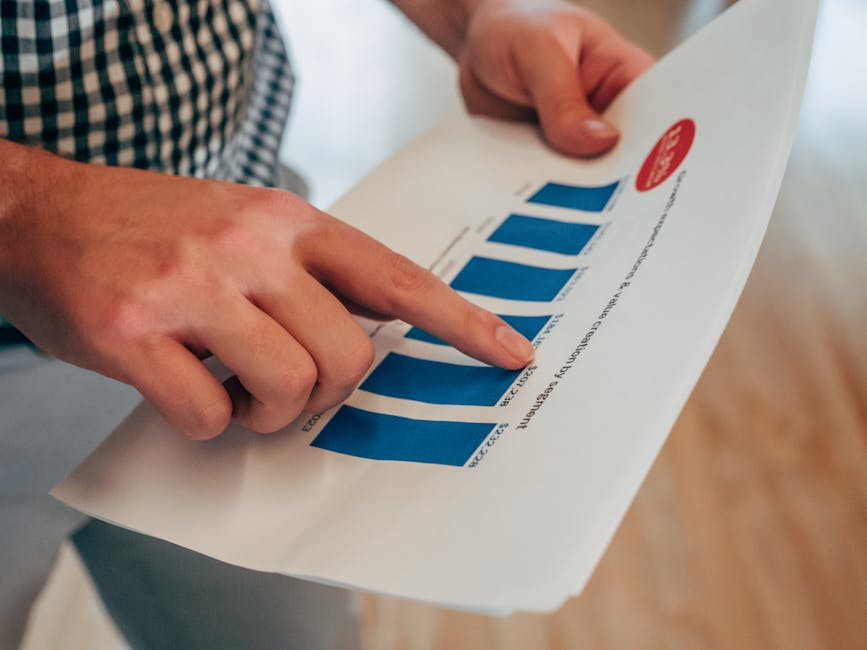| Market | Stocks, Crypto, Forex |
|---|---|
| Timeframe | Any (intraday to multi-day) |
| Indicators | None required (can combine with strategy edge) |
| Style | Universal (pairs with most systems) |
| Skill level | Beginner |
| Typical holding time | Depends on base strategy |
| Risk per trade | Calculated per Kelly formula (often 1–5%) |
- The core idea: Use mathematical expectation (edge) to determine optimal bet size for each trade.
- Edge is calculated using win rate and average win/loss ratio from backtesting.
- Position size increases when edge is high, and decreases or is skipped when negative.
- Helps avoid overbetting (ruin) and underbetting (slow growth).
- The advantage exists because most traders misjudge sizing, risking too much or too little regardless of edge.
- Works best in strategies with consistent, quantifiable edge and reliable historical data.
Strategy Rules (Step-by-step)
Setup:
- Determine your trading system with a clear entry/exit rule (e.g., moving average crossover, mean reversion, etc.).
- Backtest your system over sufficient trades (ideally 100+). Record:
- Win rate (W): Probability your trade is a winner.
- Average win (R): Amount gained per winning trade.
- Average loss (L): Amount lost per losing trade.
- Calculate edge per trade: E = (W × R) – [(1 – W) × L].
Entry:
- Follow your strategy signal to enter trades as usual.
- For each trade, size your position using the Kelly formula:
- Kelly % = W – [(1 – W)/ (R/L)]
- Position size = Kelly % × your portfolio value. (Most use Half Kelly for safety; e.g., halve the result.)
Stop-loss:
- As dictated by your base strategy (e.g., swing low/high, ATR multiple, or fixed %).
Take profit:
- As dictated by your system (fixed R-multiple, trailing stop, etc.).
Trade management:
- Adjust position size dynamically as edge stats update.
- Reduce risk or skip trades if edge goes negative.
- Indicator settings: Not needed for sizing; rely on base strategy parameters.
- Timeframes tested: Valid on intraday (15m+) to daily charts.
- Assets tested: Stocks (AAPL, SPY), Crypto (BTC, ETH), Forex (EURUSD, GBPUSD).
- Session/Hours: Prefer liquid hours (e.g., NY open for stocks, London–NY overlap for FX, active crypto markets).
When It Works vs. When It Fails
Works best:
- Base strategy provides steady, positive edge over many trades.
- Market volatility is stable; slippage/fees are minor vs. profits.
- Statistics (win rate, average win/loss) are representative of forward performance.
Struggles:
- Markets with regime shifts causing edge reversal.
- Data mining bias or overfitting in backtest creates misleading edge.
- Sudden volatility spikes, major news events, or flash crashes.
Filters to avoid bad conditions:
- Pause trading during/around major news releases.
- If recent performance (last 10–20 trades) drops below historical edge, reduce or stop sizing.
- Use an ATR or volatility filter to skip extremely volatile sessions.
Risk Management (Beginner-safe)
- Position sizing: Never risk more than the calculated Kelly % (typical range 0.5–5% double-checked).
- Max open risk: Total risk on all open trades ≤2% portfolio, or lower with multiple concurrent trades.
- Daily loss limit: Stop trading for the day after 2R or 2 consecutive Kelly-sized losses.
- Fees/slippage: Factor exchange/broker costs and possible execution slippage. Consider halving Kelly output if execution is uncertain.
Example Trade (Walkthrough)
- Pair/Asset: BTC/USDT
- Timeframe: 1h
- Setup snapshot: After backtesting a trend-following breakout system, win rate is 48%, average win 2.0%, average loss 1.0% (R = 2, L = 1).
- Entry: BTC breaks above a key level; buy at $40,000.
- Stop-loss: $39,600 (0.01 BTC position size exposure; based on prior swing low).
- Take profit: $41,000 (2:1 reward–risk).
- Kelly calculation:
- Win rate W = 0.48, R = 2, L = 1.
- Kelly % = W – [(1 – W) / (R/L)] = 0.48 – [0.52/2] = 0.22 = 22%
- Half Kelly used for safety: 11% of $10,000 account = $1,100 position (with 0.01 BTC notional exposure, aligned to stop-loss distance).
- Outcome: Trade wins; $220 gain (2R). Lesson: Conservative Kelly sizing allows compounding but avoids ruin, even after a string of losses.
Pros
- Quantitative, rule-based sizing removes emotion.
- Mathematically maximizes geometric growth.
- Adapts to both high and low-edge environments.
- Risk per trade adjusts dynamically.
Cons
- Needs accurate win rate and edge estimate—bad estimates can lead to overbetting/ruin.
- Large swings if using full Kelly—high drawdowns possible.
- Does not guarantee profits if system edge erodes.
Common Mistakes
- Chasing entries not validated by system statistics.
- Moving stops, which skews win/loss data and edge.
- Over-leveraging by ignoring sharp drops in edge.
- Trading during major news events or after abnormal moves.
Tips and Variations
- Apply a higher timeframe filter for trend consistency.
- Use adaptive ATR-based stops for evolving volatility.
- Combine with scale-outs on partial targets to stabilize edge.
- Set alerts for Kelly threshold or when system stops qualifying.
- Automate with journaling tools or spreadsheet calculators.
Tools You Can Use
- Charting: TradingView, MetaTrader, Thinkorswim.
- Screeners/Alerts: TradingView, TrendSpider, custom scripts.
- Journaling: Edgewonk, TraderVue, Excel/Google Sheets.
- Backtesting: Amibroker, QuantConnect, Tradestation, Python/pandas.
FAQs
- Does it work on crypto? Yes, provided you have reliable edge statistics and trade liquid pairs.
- What timeframe is best? Any, from intraday to daily, as long as your base system is robust.
- What win rate to expect? Typical systems range between 40–60%; Kelly adapts, but a minimum 33% with 2:1 win/loss ratio is preferred.
- Can I automate it? Absolutely; formulas can be coded into scripts, bots, or spreadsheets for live calculation.
Glossary
- EMA: Exponential Moving Average; smooths price for trend viewing.
- ATR: Average True Range; measures volatility.
- R-multiple: Reward-to-risk ratio per trade.
- Drawdown: Decline from equity peak to the next trough.

